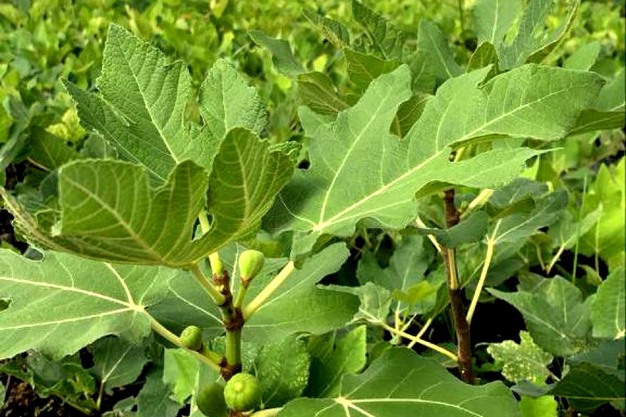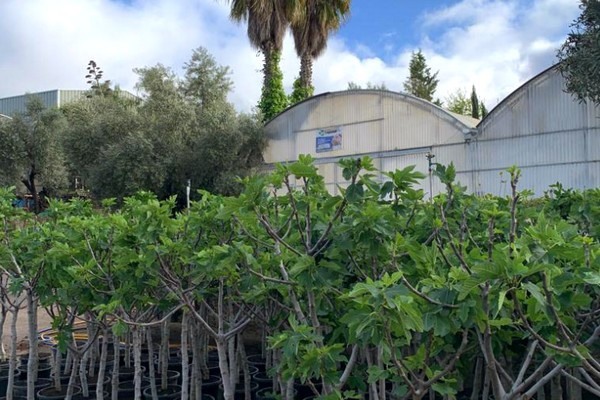Fig production is gaining ground for various reasons. The lack of water, the rapid mutation of pests, and the excessive heat are causing many growers to look for alternative crops.
"The fig market is growing in terms of volume and is increasingly diversified. Consumption in tons per year is on the rise, and more varieties of fresh and dried figs of various colors are in demand, as well as different sizes to meet the needs of catering customers. There's a growing market and fig trees are also coping very well with climate change," says Francisco Toro, manager of Viveros Dalia.
 © Viveros Dalia
© Viveros Dalia
One of the reasons for the increase in fig tree planting is that "the tree is well adapted to the heat, and it also stands out for the way it is coping with climate change. It is one of the plants with the greatest resistance to poor soils with a high salinity content. Its thermal range allows it to withstand extreme temperatures, heat, and drought, as well as light frosts."
For all these reasons, Toro stresses that "water and heat stress are not a problem. In fact, the crop is being subsidized in Portugal because of its low water consumption."
Compared to other intensive or super-intensive stone or pome fruit crops, "fig trees need irrigation support, but will consume 60% less water, and in the case of the dry figs, 70% less," says Toro.
Most varieties produce figs and breba figs between June and September. Their productivity in modern facilities "can reach between 25,000 and 35,000 kilos per hectare per year, while for dry figs we are talking about around 12,000."
In addition to its hardiness and environmental tolerance, there are a very low number of pests able to affect it. "With good maintenance, there should be no problems," says the manager. "Fig trees stand out for their long life span; a well-maintained farm can last more than 35 years."
 © Viveros Dalia
© Viveros Dalia
Fresh figs vs. dried figs
"Our fresh and dried fig productions are similar, but fresh figs appear to be gaining ground. When it comes to fresh figs, there are new varieties that are more productive and have good organoleptic characteristics, the right skin type, and sugar content, and are suitable for direct consumption. There's a greater diversity catering to all tastes, so I imagine that fresh is gaining a lot of ground," says Toro.
In the dry fig market, the manager of Viveros Dalia highlights the varieties Calabacita and Cuello de Dama Blanco. As for fresh, in addition to the traditional Colar de Elche and Cuello de Dama Negro, the Brown Turkey and Damaltie have also been added to the range; "varieties from abroad that the market is demanding," says Toro.
Viveros Dalia specializes in the production of fig plants of national and international varieties. An average of 250,000 fig trees is produced on around 4 hectares each season. The preferred regions are all Spanish ones, with the exception of some of the Cantabrian coast. France, Italy, Portugal, and the Netherlands are other preferred destinations, besides the Mediterranean area. "There is a commitment to fig trees because the crop is helping producers face climate change with a little more peace of mind," says the manager.
For more information:
Francisco Toro
Viveros Dalia
Tel.: +34 607 48 27 15
[email protected]
www.viverosdalia.com
